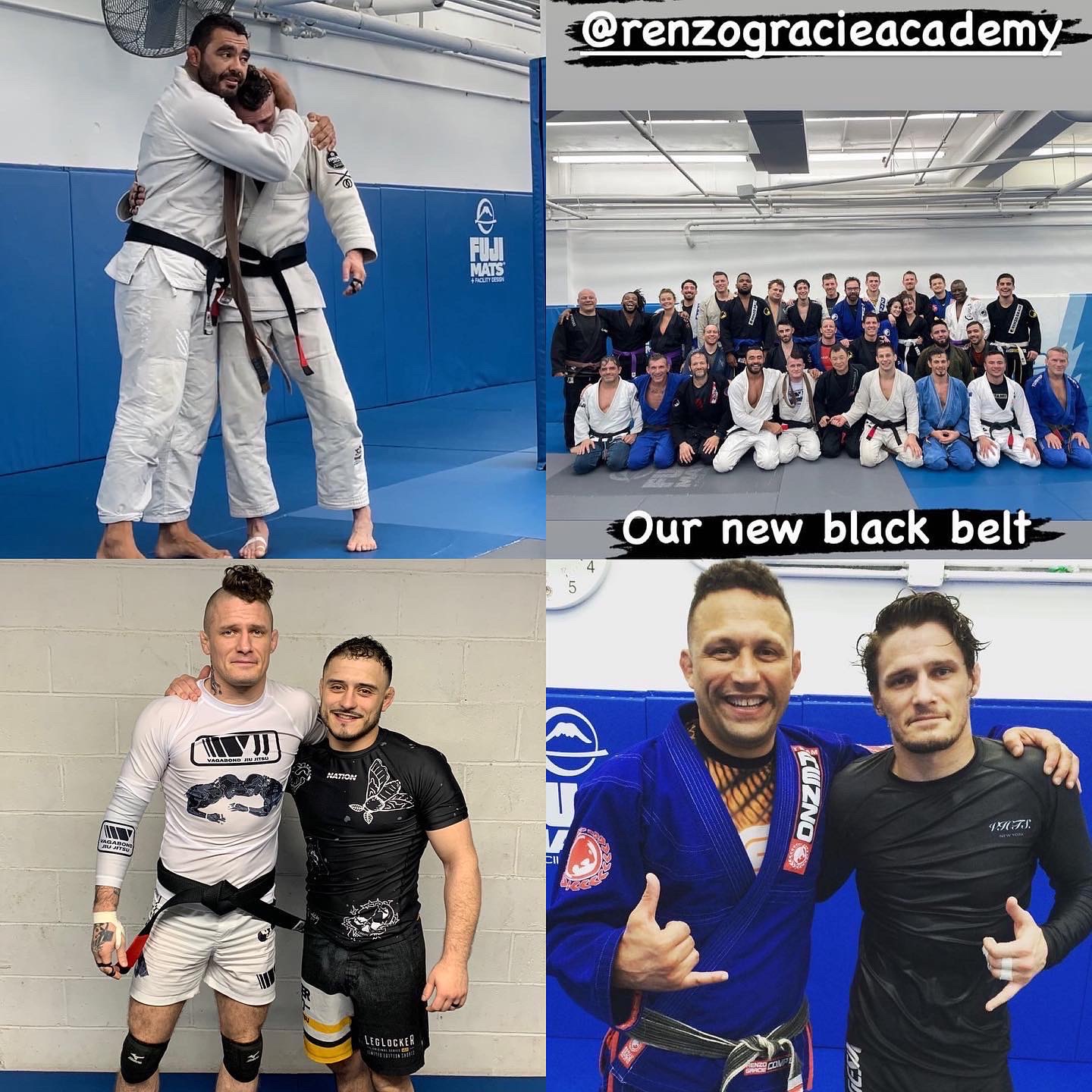Been thinking lately...
Watching politics, and gossip, and jealousy, and perceived betrayal unfold within the gym(s). Watching sport grappling and MMA grow and change and evolve. Watching younger guys have their first big surgery/injury and be sidelined. Watching guys have quick success within a few years of starting grappling. Thinking about guys like Lepri who won his first black belt world title in the Gi in 2007 then didn't win another until 2014. It's also interesting to watch as competitors leave JiuJitsu for MMA, then later some return (Bruno Frazatto for example) and/or watch MMA fighters retire and begin doing sport grappling or even riding out Steroid suspensions by competing in pro grappling events (that's a debate for another day). Steroid usage is still the elephant in the room with the IBJJF doing testing of 10 athletes one day per year at only black belt adult. The lower belts and Masters and the rest of the year statistically much more than just "likely" riddled with cheaters on banned substances of everything from anabolic to diuretics et cetera.
At any rate, with 10 years spent in Judo, 5 MMA fights (and about 10-15 other training camps for fights that fell through), moving over to Gi training, then/now focusing on submission grappling I've seen a variety of trends and observations settle to the bottom the truth of it. You now have "juvenile" competitors who've been training for 10 years before they even turn 18. You've got a variety of rule formats with IBJJF opening up a ton of 30+ divisions but also a movement away from the Gi and the traditional IBJJF point/regulation format and in terms of submission legality across the sport as a whole. EBI in a way became the first non IBJJF and non ADCC format that really gained notoriety (I'm aware of the myriad of other efforts like Metamoris and random one or two off pro grappling events) but EBI A) still exists (though no longer for men's pure submission grappling format without strikes) that has continued and B)introduced a real format change beyond the scope of a blend of IBJJF's hierarchy of points and positions or the more takedown-wrestling heavy brand of ADCC submission wrestling.
C) you've got streaming services like flograppling and fight pass organizing an outlet for fans to invest money back into the sport and to event organizers by proxy.
It's been humorous to watch guys barely out of their teens expect to be treated like professional athletes because they win medals in an amateur sport. Social media is a whole other part of this equation of the ever changing landscape of competitive grappling. On the other hand, USA Judo has banned it's paid athletes from doing JiuJitsu professionally. 2018 was an eventful year and next year promises more of the same with Worlds, ADCC, EBI changing of the guard with slaps which has created space for someone or something to take its place.
Watching politics, and gossip, and jealousy, and perceived betrayal unfold within the gym(s). Watching sport grappling and MMA grow and change and evolve. Watching younger guys have their first big surgery/injury and be sidelined. Watching guys have quick success within a few years of starting grappling. Thinking about guys like Lepri who won his first black belt world title in the Gi in 2007 then didn't win another until 2014. It's also interesting to watch as competitors leave JiuJitsu for MMA, then later some return (Bruno Frazatto for example) and/or watch MMA fighters retire and begin doing sport grappling or even riding out Steroid suspensions by competing in pro grappling events (that's a debate for another day). Steroid usage is still the elephant in the room with the IBJJF doing testing of 10 athletes one day per year at only black belt adult. The lower belts and Masters and the rest of the year statistically much more than just "likely" riddled with cheaters on banned substances of everything from anabolic to diuretics et cetera.
At any rate, with 10 years spent in Judo, 5 MMA fights (and about 10-15 other training camps for fights that fell through), moving over to Gi training, then/now focusing on submission grappling I've seen a variety of trends and observations settle to the bottom the truth of it. You now have "juvenile" competitors who've been training for 10 years before they even turn 18. You've got a variety of rule formats with IBJJF opening up a ton of 30+ divisions but also a movement away from the Gi and the traditional IBJJF point/regulation format and in terms of submission legality across the sport as a whole. EBI in a way became the first non IBJJF and non ADCC format that really gained notoriety (I'm aware of the myriad of other efforts like Metamoris and random one or two off pro grappling events) but EBI A) still exists (though no longer for men's pure submission grappling format without strikes) that has continued and B)introduced a real format change beyond the scope of a blend of IBJJF's hierarchy of points and positions or the more takedown-wrestling heavy brand of ADCC submission wrestling.
C) you've got streaming services like flograppling and fight pass organizing an outlet for fans to invest money back into the sport and to event organizers by proxy.
It's been humorous to watch guys barely out of their teens expect to be treated like professional athletes because they win medals in an amateur sport. Social media is a whole other part of this equation of the ever changing landscape of competitive grappling. On the other hand, USA Judo has banned it's paid athletes from doing JiuJitsu professionally. 2018 was an eventful year and next year promises more of the same with Worlds, ADCC, EBI changing of the guard with slaps which has created space for someone or something to take its place.

No comments:
Post a Comment